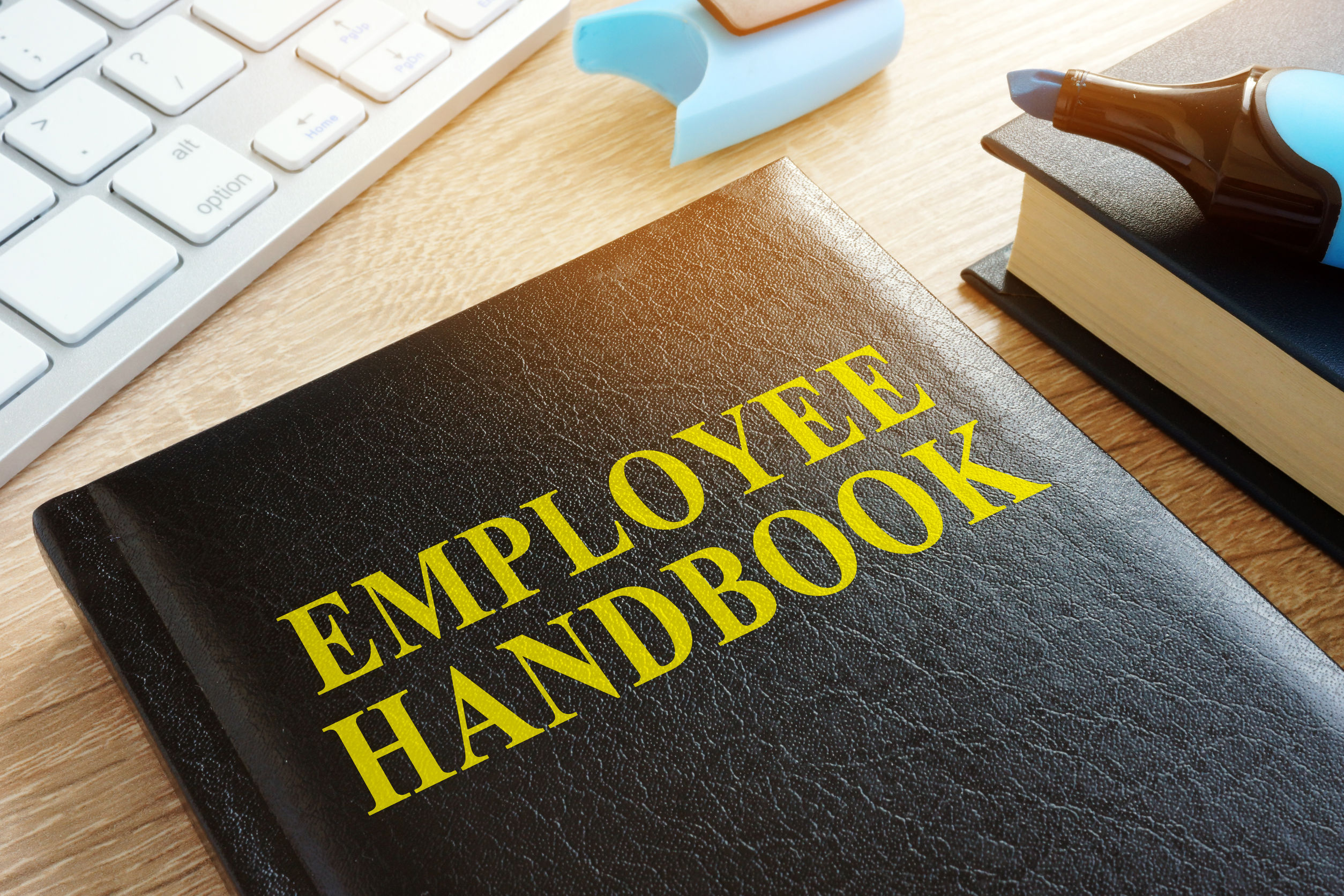Another essential tool in your employer toolkit is the tried-and-true employee handbook. The handbook serves as the central hub of expectations and documentation for the organization and should be readily available to each and every employee.
The creation, wording, and curation of employee handbooks are incredibly important as well. Put simply, how the handbook is written is almost more important than what it contains. According to SHRM, “Handbooks need not include every detail of an employer’s policies or every provision of the laws impacting the workplace. Rather, they should be worded carefully so HR isn’t boxed in. For example, it’s best to leave out the nitty-gritty of the company’s severance policy and to avoid speculating on possible future changes to overtime pay rules in order to preserve flexibility. In addition, the handbook should include a disclaimer that it is not an employment contract; provisions affecting such disclaimers vary by state.”
Don’t Stick It On The Shelf
Some companies put a lot of work into their handbooks and introduce them to their employees with a lot of enthusiasm…and then rarely speak of them again. Practice good communication from day one by providing your handbook as part of your onboarding process; then, follow up in a few days to discuss points of the greatest importance and answer questions.
At a minimum, all employees should be encouraged to review the handbook annually. Keeping your handbook on a secure portal or your company’s intranet can be helpful and give employees easy access.
You can also share portions of your handbook with potential recruits to help them (and you) determine if they’re a good fit for your organization. The content of your handbook can actually be a recruiting tool that sets your company apart from competing organizations.
Workers today are just as concerned with feeling a sense of connection and culture in the workplace as they are with finding fulfilling work. Seeing your commitment to those values documented in a robust employee handbook can go far in convincing them that your company is the place for them.
Best Practices for Updating the Employee Handbook
Employee handbooks are only valuable if they’re updated and maintained. If they’re neglected, they could quickly turn into a very real liability. For example, the company could be liable if something is written in the handbook but recently-passed state law is followed instead. Online handbooks can help avoid high printing costs after each update.
According to HR Daily Advisor, “There are also policies that you may want to consider reissuing separately every year, depending on your industry and specific organizational experience. For example, if you have employees involved in invaluable intellectual property, sensitive confidential/proprietary information, Securities and Exchange Commission, or Health Insurance Portability and Accountability Act (HIPAA) privacy-related matters, reissuing your policies in these areas annually and requiring written acknowledgments ensure that employees understand their importance. In addition, annual re-issuance and acknowledgment of antiharassment and antidiscrimination policies (including how to report concerns and how they will be handled) may reduce your liability exposure. It will be important evidence that illegal harassment/discrimination is not tolerated.”
Communicating Policy Changes
While offering an online handbook with emails that alert employees to addendum will work for some you may need other methods of communication for other employees. Be sure to consider all forms of communication needed.







Leave A Comment